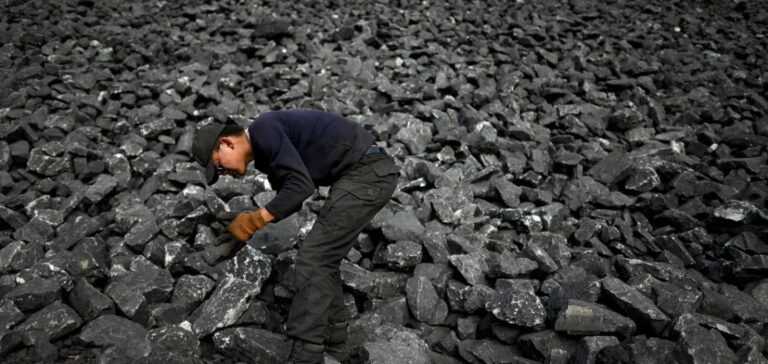In 2024, China began the construction of coal-fired power plants with a combined capacity of 94.5 gigawatts (GW), representing 93% of the global total, according to a report from the Centre for Research on Energy and Clean Air (Crea) and Global Energy Monitor (GEM). This expansion comes at a time when China has already made significant progress in renewable energy, installing 356 GW of new wind and solar capacity in the same year.
Although China is positioning itself as a global leader in renewable energy development, its commitment to coal remains strong. In 2024, coal production increased significantly, reaching 4.8 billion tons, compared to 3.9 billion in 2020. This trend raises concerns about the country’s ability to meet its climate targets, particularly its goal of reaching peak carbon emissions by 2030.
The Impact of Coal Expansion on the Energy Transition
The rapid expansion of coal power plants comes despite an announcement by President Xi Jinping in 2021 to “strictly control” coal plant projects and gradually reduce coal consumption between 2026 and 2030. The report highlights that, without urgent political measures, China risks reinforcing an additional energy model rather than transitioning to clean energy sources.
The report also indicates that while new permits for coal plants dropped by 83% during the first half of 2024, this trend was reversed in the second half of the year. Electricity generation from coal increased towards the end of the year, despite the growth in renewable energy capacity. Analysts from GEM and Crea note that this situation reflects a preference for coal-based energy in some regions of the country, even though less expensive and cleaner alternatives are available.
Economic and Environmental Challenges
The development of coal power plants, despite the increase in renewable energy capacity, raises questions about the long-term viability of China’s energy strategy. “Chinese mining companies and coal-fired power producers are promoting and building coal plants beyond immediate needs,” observed Christine Shearer of GEM. This situation creates a dynamic that prevents China from fully exploiting its renewable energy potential, which could hinder the country’s energy transition.
As China prepares to release its 15th Five-Year Plan for 2026-2030, updating its emission reduction targets will be crucial. The country is also expected to submit, in February 2025, its new Nationally Determined Contributions (NDCs) as part of the 2015 Paris Climate Agreement.






















